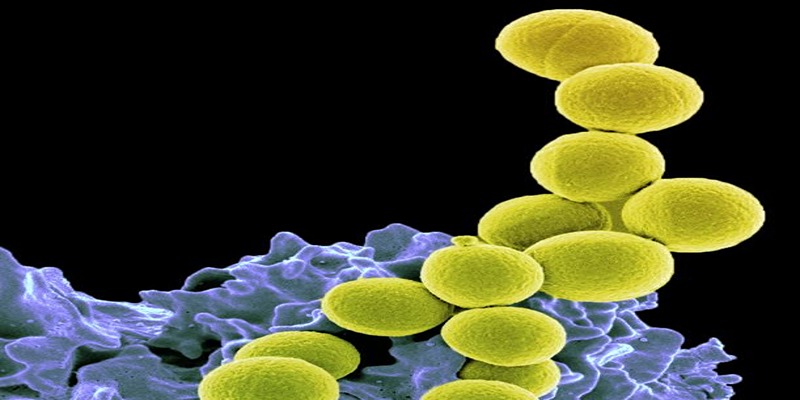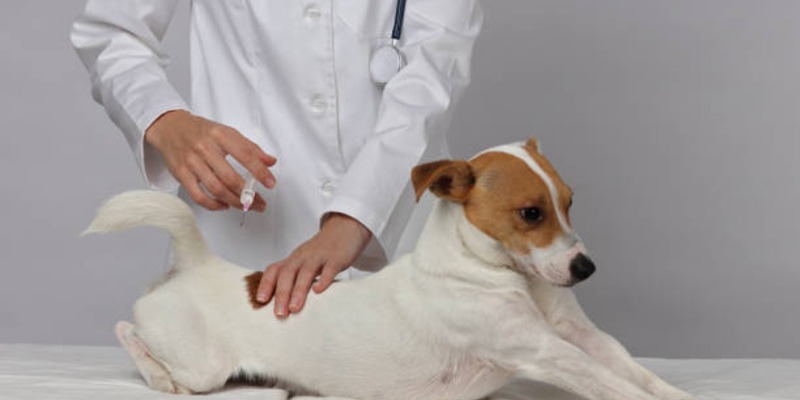Methicillin-resistant Staphylococcus aureus (MRSA) is a kind of bacterium that is difficult to treat because it has developed resistance to many medications. Those with compromised immune systems are more at risk for MRSA infections, so knowing what to look for is essential. Awareness and knowledge of preventative strategies, early identification, and treatment choices are just as important as comprehending the medical consequences of MRSA. Due to its persistent nature, MRSA requires a thorough knowledge of the infection before effective control measures can be implemented and its influence on public health may be mitigated.
Understanding MRSA Infection
Methicillin-resistant Staphylococcus aureus (or MRSA for short) is a strain of bacterium that is resistant to a wide variety of antibiotics. The increased resistance to drugs that characterizes MRSA sets it apart from other Staph infections, making it more dangerous and necessitating more advanced treatment strategies. Research into new and improved treatment approaches is essential since MRSA may be traced back to the overuse of antibiotics, which in turn led to the creation of resistant strains.
How Does One Contract MRSA?
Direct skin-to-skin contact with an infected individual or touching surfaces contaminated with MRSA germs are the most common routes of transmission of the disease. It thrives in close quarters, making hospitals, gyms, and schools ideal breeding grounds for the disease. Following hygiene protocols and being vigilant about potential exposure to MRSA, especially in high-risk environments, can reduce the likelihood of contracting this resistant bacterial infection. Risk factors for MRSA include a weakened immune system, recent antibiotic use, and existing health conditions.

Identifying MRSA Symptoms
Recognizing Early Symptoms
The quick detection of MRSA is of paramount importance in order to promptly initiate appropriate interventions, hence possibly preventing the development of serious consequences. The first symptoms often bear resemblance to those typically associated with a spider bite, presenting as minor erythematous elevations, perhaps accompanied by localized erythema, edoema, and discomfort. Fever might sometimes manifest as a first symptom. The identification of these first symptoms is of utmost importance, as timely identification may enable rapid intervention, hence impeding the progression of the infection to more critical phases characterized by significant consequences and restricted treatment alternatives.
Progression of Symptoms
If not properly treated, the symptoms of MRSA have the potential to worsen, leading to a more severe infection that may penetrate deeper into the body, impacting vital organs and resulting in critical medical disorders such as sepsis and endocarditis. The cutaneous signs have the potential to advance towards the formation of abscesses and boils, resulting in the discharge of purulent material. The increasing manifestation of symptoms highlights the need of swiftly seeking medical advice when first indications are seen or when there is a significant worsening of symptoms. Obtaining medical guidance is of particular importance for those belonging to high-risk populations, including those with impaired immune systems, in order to mitigate the advancement and prevent the occurrence of serious problems.
MRSA Treatment Options
Medical Interventions
Antibiotics must be carefully chosen while treating MRSA since this strain of bacteria has become resistant to several common treatments. Vancomycin and teicoplanin are two of the most frequent specialized antibiotics used to treat MRSA. If the infection is very severe or complex, the patient may need to be hospitalized so that intravenous antibiotics may be given and the patient's progress can be monitored. In addition, abscesses may need to be drained or complex infections of internal organs treated by surgery. To effectively combat MRSA in its latter phases, a multipronged attack is required, including antibiotics, surveillance, and even surgical intervention.
Home Care and Alternative Treatments
In the case of mild MRSA infections, self-care at home is essential. Consistent antiseptic washing, good wound cleanliness, and a clean, dry dressing may help keep an infection at bay. In addition, there are many who prefer natural therapies and supplements, such as tea tree oil and turmeric, for their purported antibacterial effects, despite the fact that there is little solid scientific evidence to back these claims. Before beginning any alternative remedies, it is important to speak with medical professionals to rule out any possible drug interactions and make sure the selected approach is safe and effective for the ailment at hand.

Preventing MRSA Infection
Proactive Measures and Hygiene
Adherence to stringent cleaning and thorough sanitization practices is certainly crucial for preventing MRSA infection. Keeping up with regular handwashing with soap and water appears as an important step in preventing the spread of germs. Furthermore, it is crucial to keep the surroundings clean, particularly in public places like gyms and schools, where the germs find an ideal setting for fast multiplication. When it comes to preventing the spread of methicillin-resistant Staphylococcus aureus (MRSA), it's important to remember that good hygiene is a group effort, not just someone's personal responsibility. Collectively, these preventive efforts create a community that is healthier and safer, reducing the likelihood of epidemics.
Community and Healthcare Settings Precautions
The spread of MRSA infections may be slowed significantly by strictly adhering to recognised preventive measures in both community and clinical settings. Healthcare providers play a crucial role in hospitals and other healthcare settings, necessitating strict adherence to infection containment policies that call for the use of PPE and the rapid identification and isolation of proven cases of MRSA. Awareness campaigns about MRSA and the consistent application of preventative measures, such as not passing germs around and keeping common areas spotless, take on added significance in group settings. These group efforts are critical for controlling the spread of this versatile bacteria and protecting public health.
Conclusion
The prevalence of MRSA, a highly resistant bacteria, highlights the need for personal and community vigilance. The persistent spread of this illness may be slowed by prompt diagnosis and the use of a combination of conventional medicine and alternative therapies, such as specialized antibiotics. The careful implementation of hygiene practices and preventive techniques is vital in a society characterized by shared spaces and community interactions. Healthcare practitioners and the community working together to enforce strict preventive measures and promote education may significantly reduce the spread of MRSA, creating a safer, healthier community for everyone.




